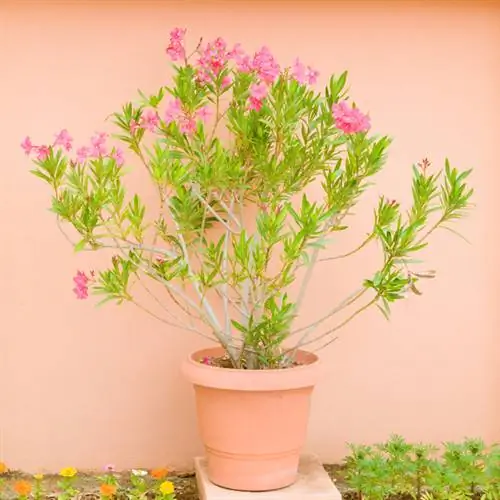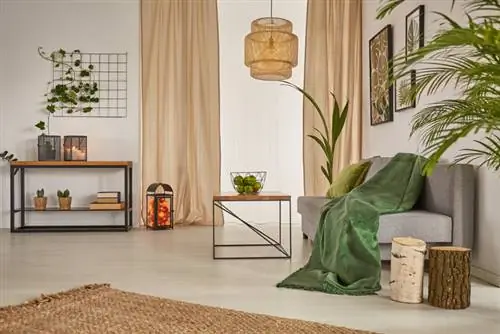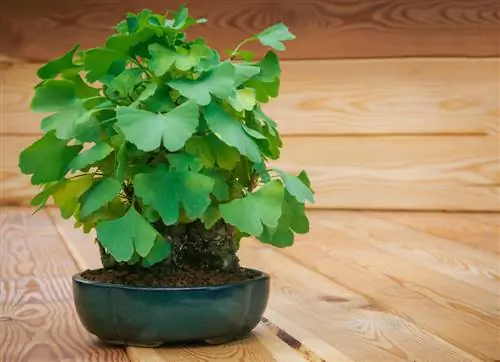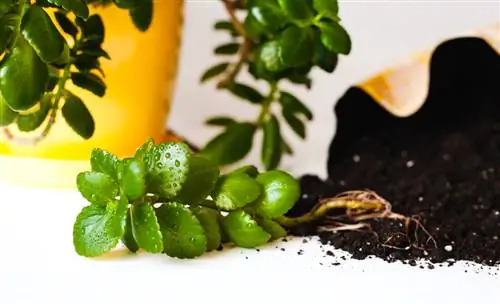- Author admin [email protected].
- Public 2023-12-16 16:46.
- Last modified 2025-01-23 11:20.
The oleander (Nerium oleander) is widespread around the Mediterranean and can also be found growing wild, especially in moist river floodplains. In our country, the evergreen shrub should preferably be cultivated in pots, as it is not sufficiently hardy in this country. The oleander still feels most comfortable outdoors, preferably in a sunny and warm location. However, if you take good care of it, you can leave it in the apartment.
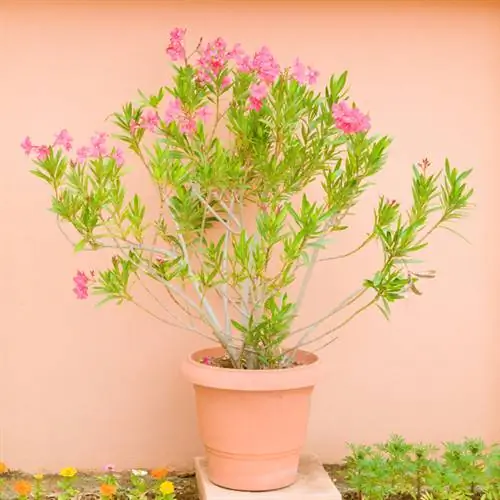
Can you keep oleander as a houseplant?
Oleander can be kept as a houseplant, but requires plenty of light, warmth and regular watering to bloom. Choose a sunny location, water sufficiently, fertilize regularly and observe the winter rest period at around 5°C.
Oleander needs a sunny location
But whether on the terrace, on the balcony or in the apartment: Oleander needs a lot of light and warmth, otherwise it won't bloom. Especially if there is a lack of light, you will wait in vain for the lush flowers to appear. Naturally, it is nowhere near as bright in an apartment as in a sunny spot in the garden. This is mainly due to the window panes, which filter out a large part of the light. It's best to place the oleander directly in front of a bright window, but slowly get it used to direct sunlight. Also make sure that the flowering shrub cannot tolerate drafts.
Water enough and fertilize regularly
In its native regions, the oleander grows primarily right next to rivers, which overflow their banks from time to time and flood the plants. Therefore, oleander naturally needs a lot of water and its root ball must not dry out under any circumstances. The shrub is also a heavy-feeding plant and should therefore be supplied with a good flowering plant fertilizer once or twice a week during the growing season. Inflorescences that have bloomed should not be cut back because they also contain the base for new flowers. Instead, you can carefully pick off the dead flowers; this also helps prevent disease.
Keep a rest period in winter
Oleander should be kept as cool as possible at around five degrees Celsius (but frost-free!) and brightly over the winter months (i.e. from November to February); overwintering in a warm living room is not advisable. The shrub needs a rest period, otherwise it will weaken and become sick. If you still want to continue cultivating the plant over the winter, you should definitely install an additional plant light (€23.00 on Amazon). Otherwise, the oleander will form non-viable, weak shoots in search of light and will only lose strength.
Tip
Be careful if your household includes small children or animals: all parts of the oleander are highly poisonous.

